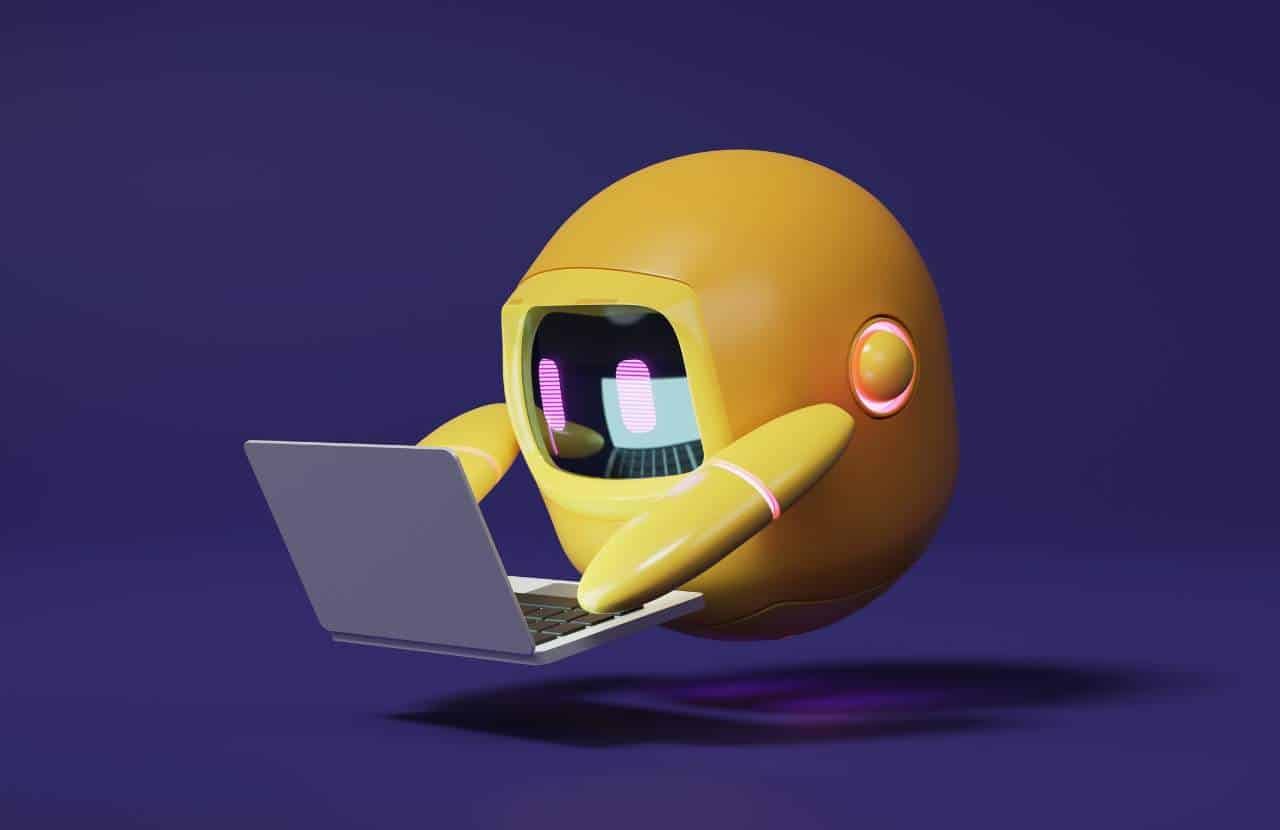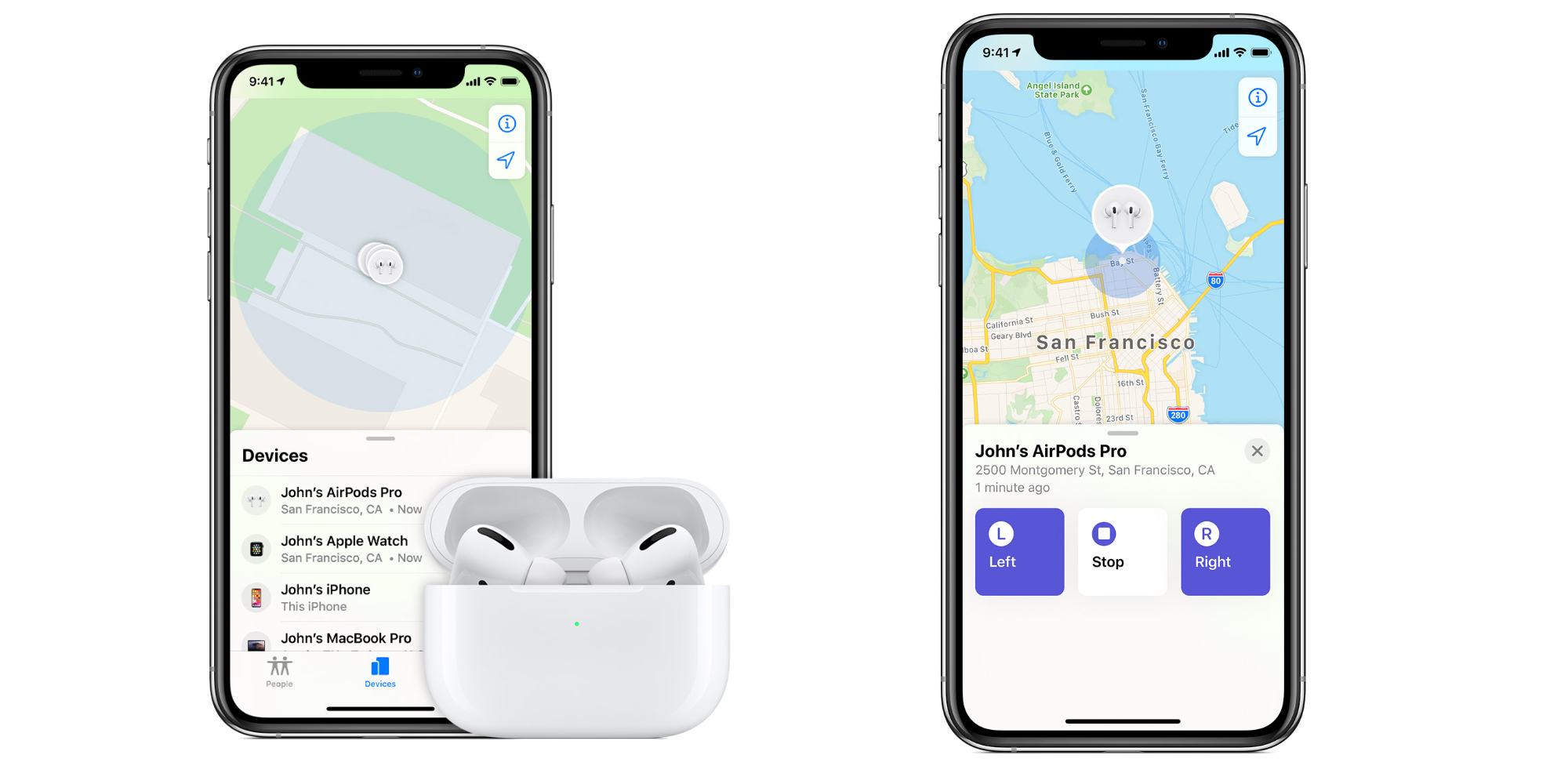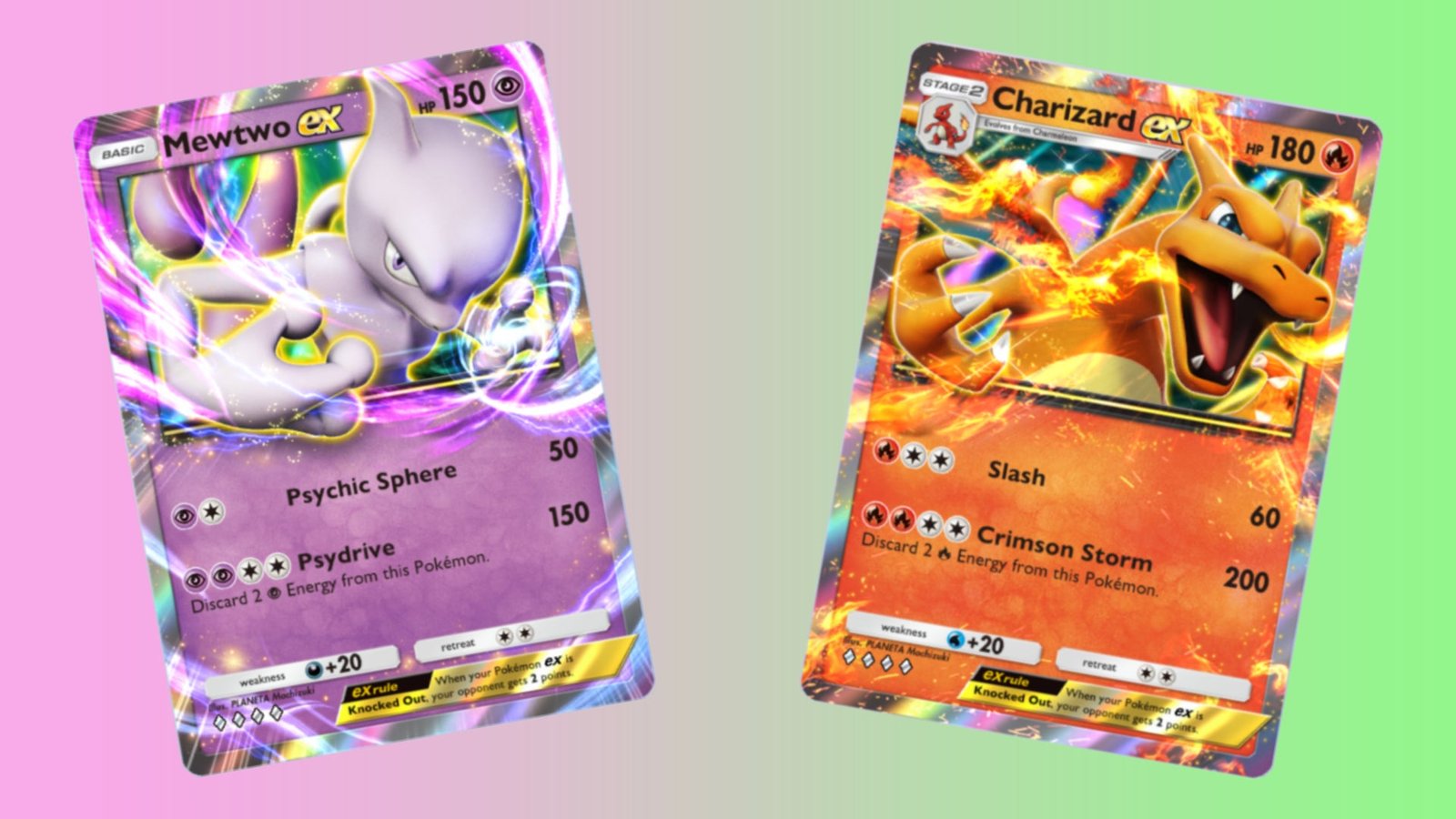As the prevalence of AI-generated images continues to grow, the need for effective detection methods has become more pressing. This article delves into the latest techniques and tools available for identifying AI-generated images, offering insights into how they work and their effectiveness.
The Basics of AI Image Detection
AI image detection tools leverage machine learning algorithms and advanced techniques to analyze various features of an image, such as color patterns, shapes, and textures. These tools compare these features against patterns commonly found in both human-generated and AI-generated images, providing a confidence score that indicates the likelihood of an image being AI-generated.
Top Tools for Detecting AI-Generated Images
- AI or Not
- Features: This tool uses multiple computer vision algorithms to determine whether an image was created by an AI or a human artist. It supports various image formats and offers a user-friendly interface.
- Pros: High accuracy and detailed analysis.
- Cons: Occasional false positives and negatives.
- Hive Moderation
- Features: Known for its machine learning models that detect AI-generated content, including images and text. It offers an API for integration and a Chrome extension for real-time analysis.
- Pros: Comprehensive features and real-time detection.
- Cons: Primarily designed for professional use, which may be overkill for casual users.
- Is It AI?
- Features: Combines various machine learning models to provide detailed results and an intuitive user interface. It offers an overall score and insights into the image’s characteristics.
- Pros: Detailed analysis and user-friendly.
- Illuminarty
- Features: Provides functionalities for AI image classification, localized detection, and model identification. It also offers a web browser extension.
- Pros: Comprehensive detection capabilities.
- Cons: Accuracy can vary depending on the complexity of the image.
- Fake Image Detector
- Features: Uses Metadata Analysis and Error Level Analysis (ELA) to detect manipulated images. It provides confidence scores indicating the likelihood of an image being AI-generated.
- Pros: Useful for detecting both manipulated and AI-generated images.
- Cons: Performance can be affected by the quality and complexity of the image.
Challenges in AI Image Detection
Despite the advancements in AI image detection, challenges remain. For instance, a recent study revealed that humans struggle to distinguish real photos from AI-generated ones, with a misclassification rate of 38.7% . Additionally, AI detection tools are not foolproof and may produce inaccurate results.
Industry Standards and Metadata
Companies like Meta are developing industry standards to improve AI image detection. They are embedding invisible watermarks and metadata into AI-generated images, which can help other platforms identify them. Meta’s approach includes using IPTC metadata and invisible watermarks in line with the Coalition for Content Provenance and Authenticity (C2PA) standards.
Future Directions
The field of AI image detection is evolving, with ongoing research aimed at improving accuracy and developing more robust detection methods. One promising approach involves integrating watermarking mechanisms directly into the image generation process, making it harder to remove or alter these watermarks.
Detecting AI-generated images is an evolving challenge, but with the right tools and techniques, it is possible to identify such images with a reasonable degree of accuracy. As AI technology continues to advance, so too will the methods for detecting AI-generated content, ensuring that users can trust the authenticity of the images they encounter.

















Add Comment